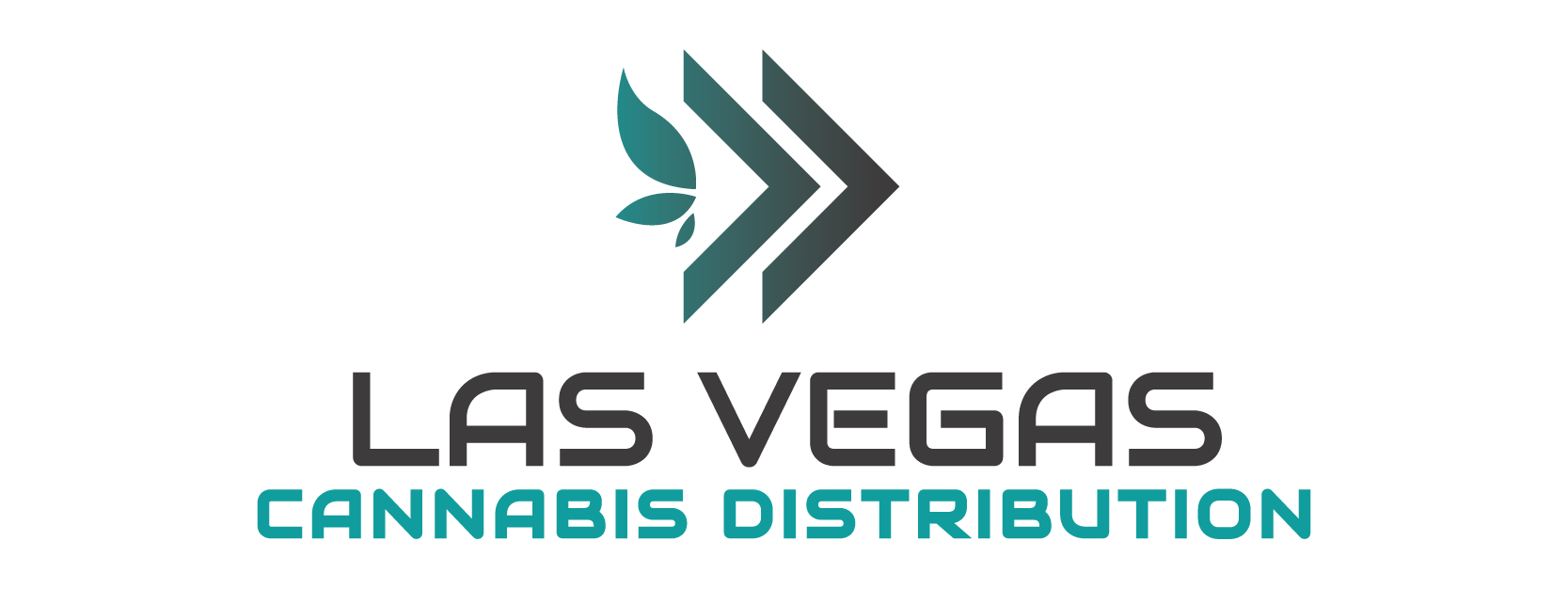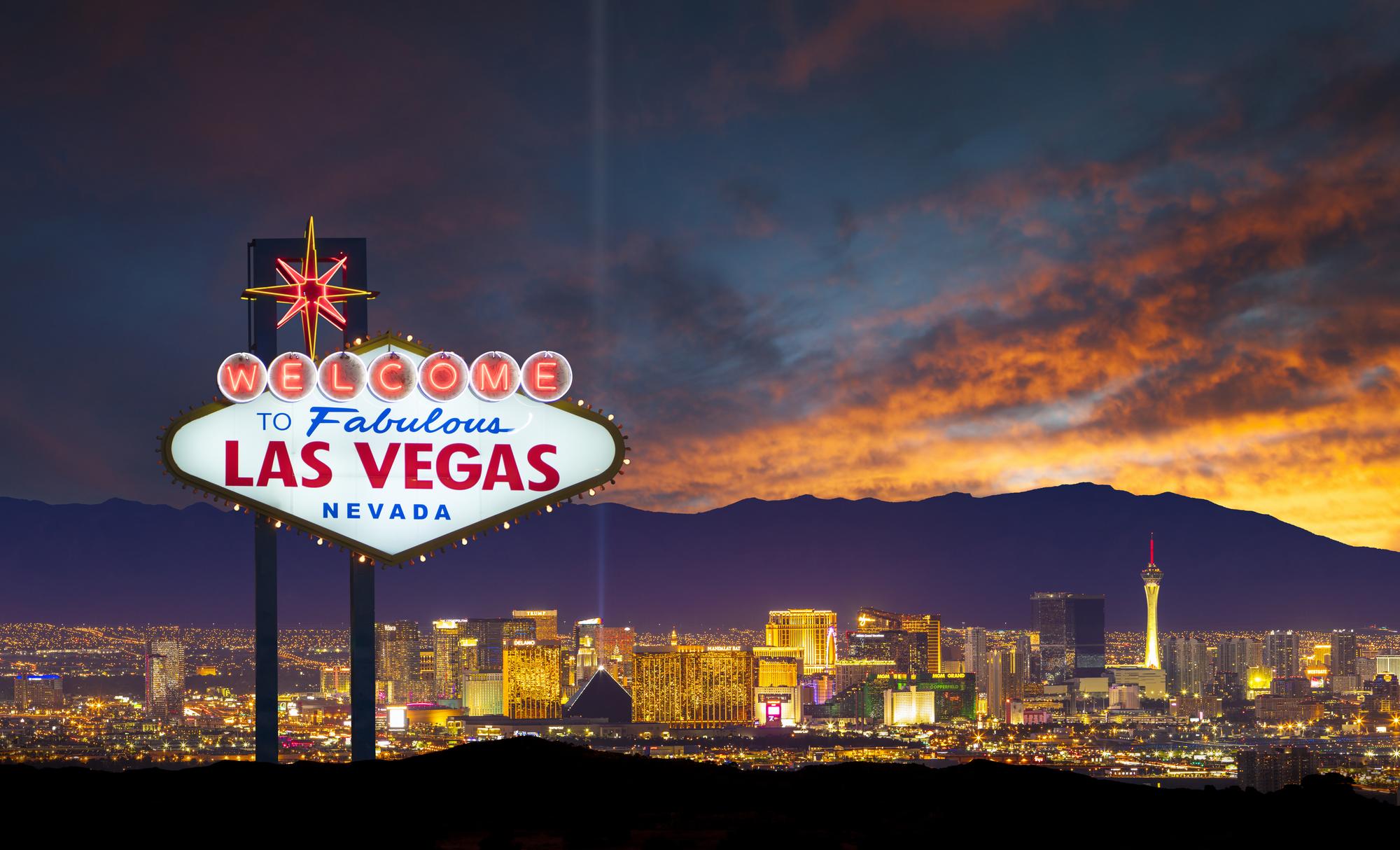Las Vegas’s legal cannabis market has long been intertwined with its global tourism appeal. Recent data reveal that fluctuations in visitor numbers significantly impact cannabis distribution volumes—highlighting the profound influence of tourism on this fast-growing industry.
Tourism-Cannabis Nexus: A Growing Relationship
Tourism is a critical driver of Nevada’s cannabis economy. Las Vegas, which recorded over 40 million visitors in 2023, remains one of the world’s top travel destinations. Consequently, cannabis purchases in the city far exceed expectations based on local population alone. As Headset data show, Las Vegas accounted for nearly 63% of Nevada’s wholesale cannabis distribution in 2021—despite hosting only 21% of the state’s residents. This imbalance underscores the outsized contribution of visitor-driven demand.
Sales Volatility Aligned with Visitor Flows
The pandemic years laid bare the vulnerability of cannabis distribution to shifts in tourism. In early 2020, Las Vegas cannabis sales dropped 48% in April, closely mirroring steep declines in visitor volume. As tourism rebounded in mid-2021—April saw a 62.6% rise in sales, followed by another 15.2% increase in May—wholesale distribution swiftly returned to pre-pandemic levels. Again in July 2021, retail cannabis revenue reached nearly $86 million, a 19% year-over-year rise accompanying a 130% surge in tourist arrivals.
Longer-Term Trends: From Peak to Plateau
While tourism continues to support cannabis distribution, recent data indicate a plateau in statewide sales. Nevada’s total regulated cannabis revenue dropped from a peak of over $1 billion in 2021 to roughly $829 million in the fiscal year ending June 2024. UNLV’s 2024 Cannabis Policy Institute report highlights a marked decline in monthly sales following 2021, with blended adult-use and medical sales stabilizing at lower levels. This suggests that even as tourism recovers, underlying market saturation or competitive pressures may be dampening distribution growth.
Barriers and Unmet Tourist Demand
Despite excitement over cannabis-friendly amenities, regulatory and logistical constraints hinder distribution volume. Consumption lounges, envisioned as tourist magnets, have struggled. Only two state-licensed lounges launched after legalization of public consumption in 2021—and one has since closed. Tourism-sector stakeholders argue that integrating cannabis sales more directly into casino-resort environments could boost regulated distribution and displace illicit sellers.
Meanwhile, cannabis-friendly accommodations like The Lexi offer private consumption but lack the visibility and convenience of integrated hotel lounge models. Many tourists still turn to unregulated options on or near the Strip, bypassing licensed dispensaries altogether.
Outlook: Policy As Key Catalyst
As the industry evolves, policy reform may hold the key to unlocking further distribution growth. Proposed legislation—such as enabling kiosk pick-up points at casinos—targets the heart of tourist activity and could channel more cannabis purchases through regulated storefronts. Industry leaders emphasize that strategic partnerships between resorts and dispensaries, along with expansion of consumption lounges with food and beverages, may unlock untapped demand.
In Summary
Tourism remains a central influence on Las Vegas’s cannabis distribution landscape. Peaks and troughs in visitor flows trigger corresponding swings in wholesale volume, illustrating the interdependence of the two sectors. But with sales plateauing and regulatory barriers impeding integration, unlocking the full potential of visitor-driven cannabis demand will require targeted policy changes and deeper integration between tourism and cannabis retail.
Learn More: Craft Cannabis: How Beverages and Edibles Are Reshaping Consumer Demand

